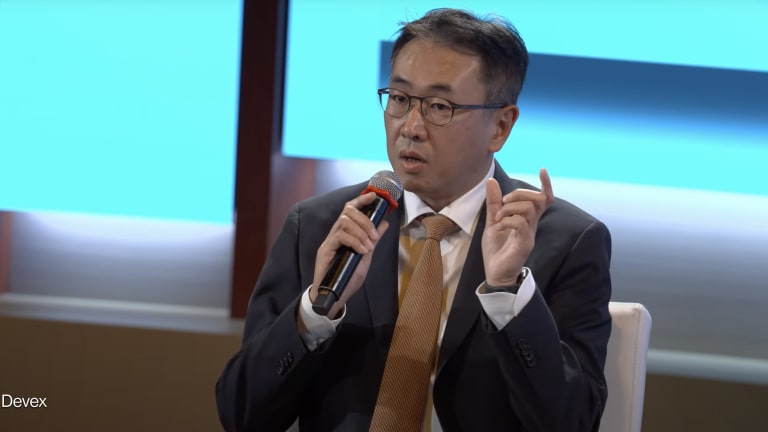At a time when nearly all other aid donors are looking for ways to give partner countries a greater voice in determining development priorities, the World Bank is building a powerful framework to consolidate its own technical expertise that some fear could have the effect of isolating the bank from the needs of its client countries.
Earlier this week, the World Bank’s management reached out to staff for more input into the design of its “global practices,” the organizational restructuring of the bank’s technical offices. A memo from the “global practices solutions vice president,” which was posted on the bank’s intranet, called for ideas on how best to “promote a collaborative culture” within the structure to “ensure success for our clients.”
Reorganizing the bank’s technical staff into global practices is a central pillar of President Jim Kim’s ambitious reform efforts. The global practices are meant to help the bank better create and manage its practical development knowledge and disseminate it around the world. But as the plan enters its implementation stage, a central debate on decision-making that was at the heart of the design of the practices has yet to be resolved, at least publicly.
This story is forDevex Promembers
Unlock this story now with a 15-day free trial of Devex Pro.
With a Devex Pro subscription you'll get access to deeper analysis and exclusive insights from our reporters and analysts.
Start my free trialRequest a group subscription







